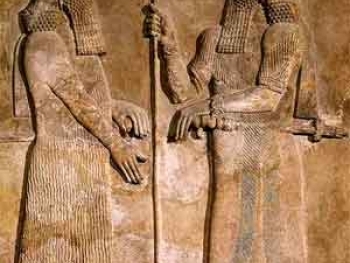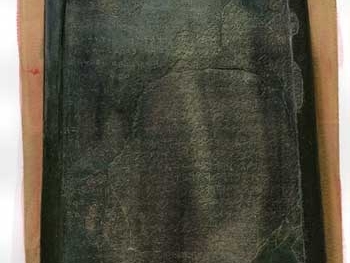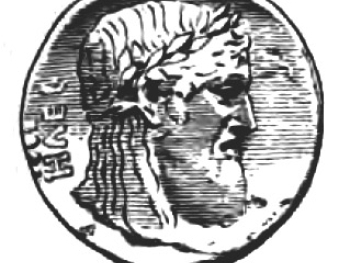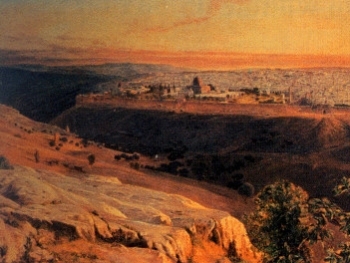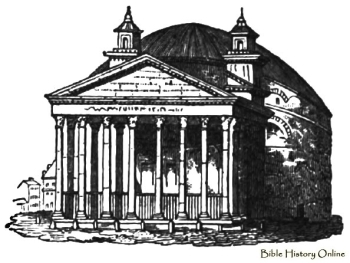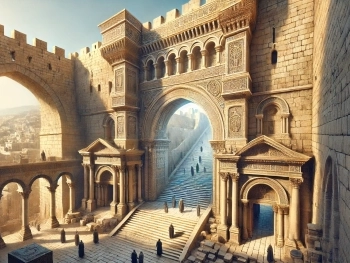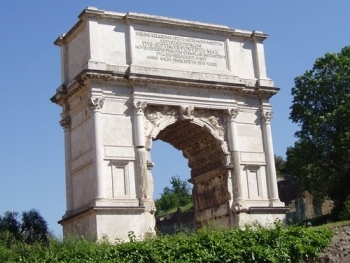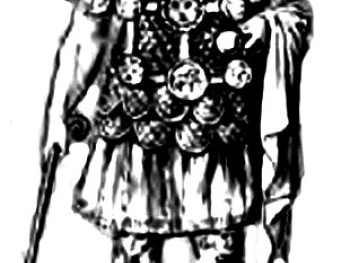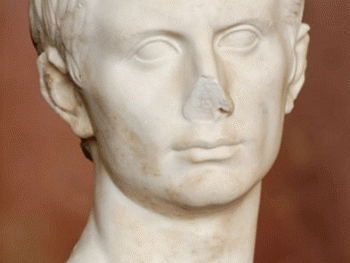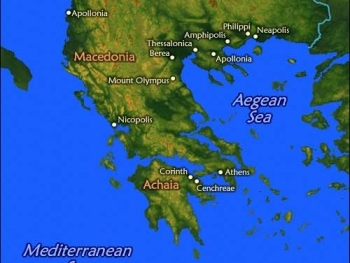The religious beliefs and practices of the ancient Egyptians were complex and deeply intertwined with their daily lives. Here are some key aspects:
- Polytheistic Belief: Ancient Egyptians believed in a pantheon of gods and goddesses who governed various aspects of life, such as Ra, the sun god, and Isis, the goddess of magic and fertility. These deities were worshipped and revered through rituals and offerings.
- Pharaoh as Divine: The Pharaoh held a central religious role, considered the intermediary between the gods and the people. They were seen as living embodiments of certain gods, such as Horus or Amun, and their rule was considered divinely ordained.
- Rituals and Offerings: Egyptians performed elaborate rituals to honor the gods and maintain cosmic harmony. Temples served as places of worship and ritual activities, with priests and priestesses playing crucial roles in performing ceremonies and offering sacrifices.
- Afterlife and Funerary Practices: Egyptians had a strong belief in the afterlife, aiming for immortality and a successful journey to the realm of the dead. They practiced mummification to preserve the body, built grand tombs and pyramids, and filled them with funerary objects to ensure a comfortable afterlife.
- Book of the Dead: The Book of the Dead, a collection of spells and rituals, was believed to guide the deceased through the afterlife. It contained instructions for judgment, protection, and transformation, reflecting the Egyptians' beliefs in the journey of the soul.
- Ancestor Worship: Egyptians revered their ancestors and maintained a connection with them through offerings and prayers. Ancestor cults were an integral part of family and community religious practices.
- Festivals and Celebrations: Egyptians celebrated various religious festivals throughout the year, often accompanied by processions, music, dancing, and feasts. These festivals honored specific deities and provided opportunities for communal celebration.
Overall, ancient Egyptian religion permeated all aspects of life, shaping their worldview, societal structure, and daily practices. It reflected their beliefs in divine forces, the importance of the afterlife, and the need to maintain harmony with the gods for prosperity and protection.

